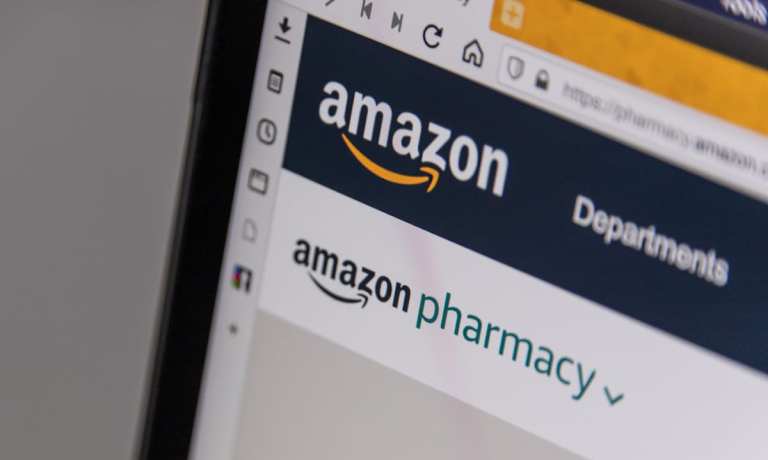
It’s been just over a year since the launch of Amazon Pharmacy, and while performance stats are hard to come by, the service is clearly central to Amazon’s larger healthcare aspirations.
In early December came news that former Amazon Prime chief Neil Lindsay is taking the wheel at Amazon Health, comprising everything from medical wearables to prescriptions.
As PYMNTS reported, “It’s worth considering how his experiences running Prime may inform and shape the company’s future healthcare offerings. Keep in mind that the original concept behind Amazon Prime is a subscription-based ecosystem that members never need to leave.”
We’re already seeing evidence of the Prime membership effect, with the Amazon Pharmacy site noting that Prime members can now purchase certain medicines for as little as $1 per month.
According to a recent Amazon blog post, “Our latest offering aims to improve access for Prime members who rely on Insulin Lispro to help manage diabetes. Insulin accounts for a large portion of diabetes spending and can be a large financial burden, particularly on individuals without insurance, according to a report from the American Action Forum.”
Combined with delivery and price comparison and co-pay tools, it seems the eCommerce titan is aiming squarely at its archrival, Walmart and its own mammoth pharmacy footprint.
That found Amazon considering opening physical pharmacy locations, initially inside Whole Foods Stores and possibly freestanding after that. Reuters reported in Q2 that “The talks are mostly exploratory and any meaningful rollout of stores can take more than a year.”
Confronted by Walmart’s nearly 5,000 pharmacy locations and its own $4 generics program that predates the Amazon offering by about 15 years, Walmart is an obvious market share target for Amazon Pharmacy — but by no means an easy one.
Amazon Pharmacy could scale rapidly and pose a greater threat to Walmart and other major chains by taking on more pharmacy benefits management (PBM) business from large clients.
As Healthcare Weekly recently reported, “In a recent survey involving over 80 large US employers in the US, 70 percent of the respondents claimed that they were willing to switch to an alternative to the current PBM model. Approximately 30 percent reported they didn’t understand their contract with their pharmacy benefits managers. Amazon can provide the same benefits and functions conventionally offered by PBMs to both healthcare providers and small health plans. The beauty of it all is that Amazon that can do this at a near-zero margin because these services are complementary to its retail pharmacy segment.”
See also: New Amazon Health Lead May Take a Page From Prime Membership Model on Healthcare